Contract Lifecycle Management (CLM) is a strategic process that governs how contracts are created, executed and managed throughout their lifecycle. For any procurement team with their eyes on the future, efficiency and compliance are critical factors. CLM plays a vital role in reducing risk, improving supplier relationships and driving greater value from agreements.
But CLM isn’t just about document storage or tracking expiration dates. With the rise of digital transformation, Contract Lifecycle Management software is about enabling procurement, legal and finance teams to work smarter, not harder, by facilitating collaboration through automating key workflows, increasing visibility and supporting consistent compliance.
The Key Stages of Contract Lifecycle Management
Effective CLM spans the entire journey of a contract. Here’s a breakdown of the typical lifecycle stages:
1. Contract Request (Pre-Award Stage)
It begins when a team initiates a need – whether for a new vendor agreement, or partnership. At this point, CLM software helps standardise intake, ensuring requests are properly routed with all required documentation, ideally within one intuitive platform.
2. Authoring & Drafting
The right solution means contracts can be authored faster with fewer errors. This stage also includes the ability to auto-populate data, track changes and collaborate across departments in real time.
3. Negotiation
With the right CLM platform, version control and redlining happen in a centralised space. This avoids the chaos of back-and-forth email chains, ensuring transparency and speeding up agreement timelines.
4. Review & Approval
Custom workflows route contracts to the right stakeholders. Whether it’s legal, finance or executive teams, everyone can review and approve directly in the platform with digital audit trails.
5. Execution
Gone are the days of printing, signing, scanning etc. Electronic signatures allow contracts to be executed faster and more securely.
6. Obligation Management
Once signed, the real value of CLM emerges. Milestones, obligations and renewal terms are automatically tracked, ensuring nothing slips through the cracks.
7. Amendment & Renewal
The right CLM software provides automated alerts for upcoming expirations or renegotiation opportunities. You can proactively assess performance and renegotiate terms to maximise contract value.
8. Reporting & Analytics
Advanced CLM platforms offer dashboards and reporting tools to track KPIs like cycle times, compliance rates and savings. These insights support teams in driving smarter procurement strategies.
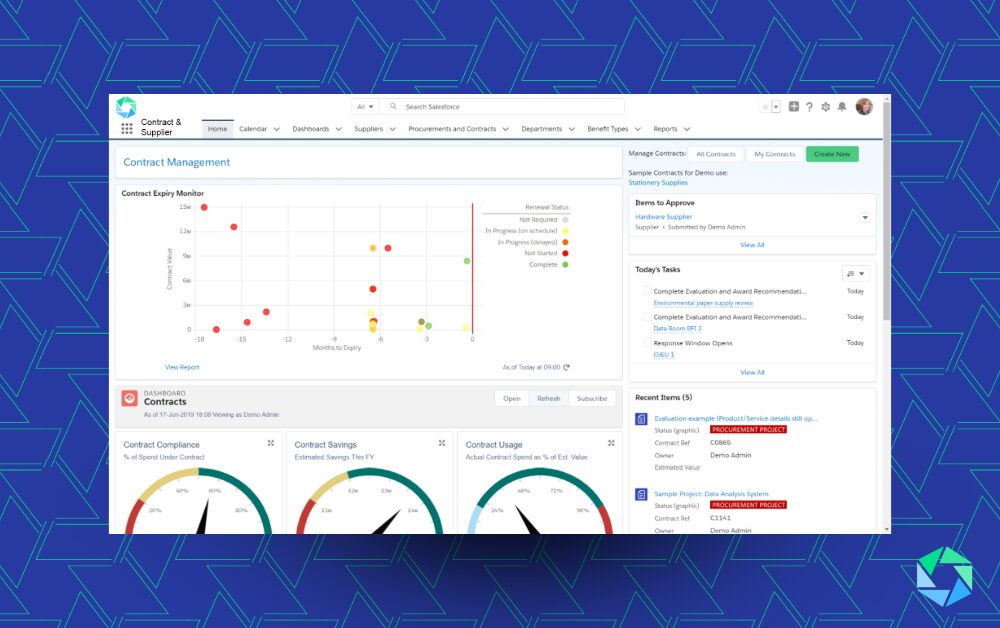
Atamis Contract & Supplier App
Why Contract Lifecycle Management Matters
Without a structured CLM process, organisations face a range of challenges: missed deadlines, non-compliance, poor vendor visibility and costly errors. Manual contract management often leads to siloed data and inconsistent approval paths, exposing the business to avoidable risk.
With Contract Lifecycle Management (CLM) software, businesses unlock a wide range of benefits that go far beyond simply storing contracts in a central location. First and foremost, they see faster cycle times thanks to automation – manual tasks like chasing approvals, version tracking, or sending reminders can all be streamlined. For instance, instead of waiting days for a busy stakeholder to sign off via email, automated workflows can route contracts to the right person at the right time with built-in deadlines and escalation paths. Compliance also becomes much easier to manage, as every action taken during the contract lifecycle is captured in an auditable workflow. This means that if a regulatory body or internal audit team needs to review your contracting history, there’s a clear, traceable record of decisions, approvals and changes – removing the ambiguity and risk that comes with paper trails or email threads.
Stronger supplier relationships are another major benefit. With better visibility across key milestones, obligations and performance metrics, teams can work more collaboratively with suppliers. Rather than discovering too late that a supplier has missed a service-level agreement, CLM software helps procurement teams track these commitments proactively – creating a foundation for open communication and partnership, not just enforcement. Further efficiencies can be gained by enabling suppliers to self-serve through a Supplier Portal. Suppliers are provided with clear instructions around their SLAs and expectations and can manage their own performance metrics. Buyers can then see in real time which suppliers are providing the necessary information, which suppliers are achieving the required service levels and more importantly, which ones are not.
Cost savings also start to stack up. By reducing the amount of manual effort involved in generating, managing and renewing contracts, teams can spend less time on admin and more time on strategic negotiations. And when you’re working from centralised templates, and up-to-date pricing frameworks, you’re in a stronger position to secure favourable terms and avoid costly oversights.
Perhaps most importantly, CLM software plays a critical role in risk mitigation. Centralised control ensures that contracts are created and reviewed using the latest legal language and corporate standards, reducing the chance of rogue terms slipping through. The right solution should also support teams in identifying any contracts that contain old or out of date obligations. For example, if Legal have changed their position, teams need to be able to identify which documents need updating. This can be an almost impossible task if contracts are just held as paper documents. Automated alerts flag upcoming renewals, missed obligations, or expiries before they become business risks – helping organisations stay ahead of potential issues rather than reacting to them after the fact. Taken together, these capabilities mean CLM software isn’t just a tool for the legal or procurement team – it’s a strategic asset that helps businesses operate more efficiently, more collaboratively and with more control.
Who Benefits From CLM Software?
While Contract Lifecycle Management (CLM) tools are often seen as the domain of procurement, their benefits ripple across the entire organisation, bringing clarity, control and consistency to every department that interacts with third parties. For procurement teams, CLM ensures that vendor contracts are both competitive and compliant. By standardising how agreements are created, reviewed and approved, teams can easily compare supplier terms, enforce policy adherence and negotiate from a position of strength. For example, they can quickly identify when a supplier’s pricing or service levels deviate from benchmarks or framework agreements, helping ensure value for money and avoiding compliance risks.
Legal teams also have specific requirements from a CLM solution. Their focus tends to be more on pre-signature activities such as digitising paper contracts, drafting new contracts as well as negotiating, redlining, reviewing and of course – approvals.
Finance teams, meanwhile, gain greater visibility into the commercial implications of contracts. With CLM software, they can track liabilities, payment terms and renewal dates in a centralised platform – allowing for more accurate forecasting and ensuring that the business doesn’t inadvertently commit to unfavourable terms that could affect cash flow or profitability.
Sales teams also stand to benefit, often in ways that directly impact the bottom line. Faster contract turnaround means deals close sooner, with fewer delays due to back-and-forth between legal or finance. Finally, operations teams can better align with third-party service-level agreements (SLAs) and contractual obligations. Instead of relying on informal knowledge or buried email chains, they have a single source of truth for understanding what’s been promised and when it’s due – whether that’s uptime guarantees, delivery schedules, or response times. In short, CLM software isn’t just about managing contracts – it’s about empowering every team to do their job more effectively, with greater confidence and less risk.
Choosing the Right CLM Software
When selecting Contract Lifecycle Management (CLM) software, it’s crucial to choose a platform that integrates seamlessly with your existing ERP systems. Integration ensures data flows smoothly between systems, avoiding duplicate entry and giving all departments access to up-to-date contract information in context. Beyond integration, the best CLM tools come equipped with a range of features that streamline the entire contract process from creation to renewal.
Automated workflows are a must-have capability, helping teams route contracts through the correct review and approval steps. For instance, a high-value supplier agreement might automatically trigger additional checks by finance or legal, reducing the chance of bottlenecks or oversight.
E-signature integrations, such as with DocuSign or Adobe Sign, are now essential for remote and hybrid teams. They enable fast, secure signing without the need for printing or scanning, helping to accelerate turnaround times and keep projects moving forward. Real-time dashboards and alerts give stakeholders visibility into the status of every agreement – whether it’s sitting in legal review, awaiting signature, or approaching a renewal deadline. This helps prevent missed opportunities or lapses in service.
Finally, audit logs and compliance tracking provide a robust safety net. Every change, comment and approval is recorded, giving organisations a full audit trail that supports internal governance and external regulatory requirements. These features ensure your contract process is as efficient, transparent and low-risk as possible – laying a strong foundation for long-term business success.
The best CLM software goes beyond document storage; the right solution empowers your teams to be proactive, data-driven and strategic.
Contract Lifecycle Management is no longer a nice-to-have, it’s essential for businesses looking to scale, optimise risk and make smarter decisions. Whether you’re a fast-growing enterprise or an established organisation, investing in robust CLM tools is a step toward modern, intelligent contract management.
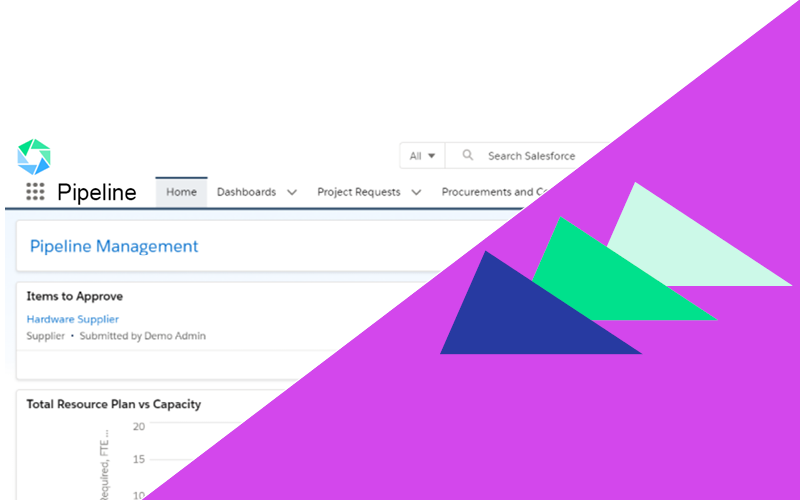 Our Pipeline App empowers your team to plan ahead and forecast for upcoming procurement activities.
Our Pipeline App empowers your team to plan ahead and forecast for upcoming procurement activities. 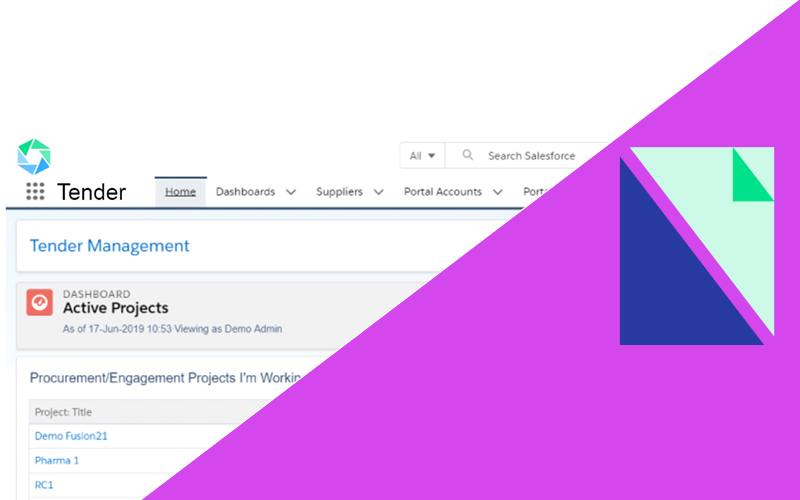 The Tender App allows your team to visualise all sourcing activities within your Atamis platform, from issuing tenders to receiving bids.
The Tender App allows your team to visualise all sourcing activities within your Atamis platform, from issuing tenders to receiving bids.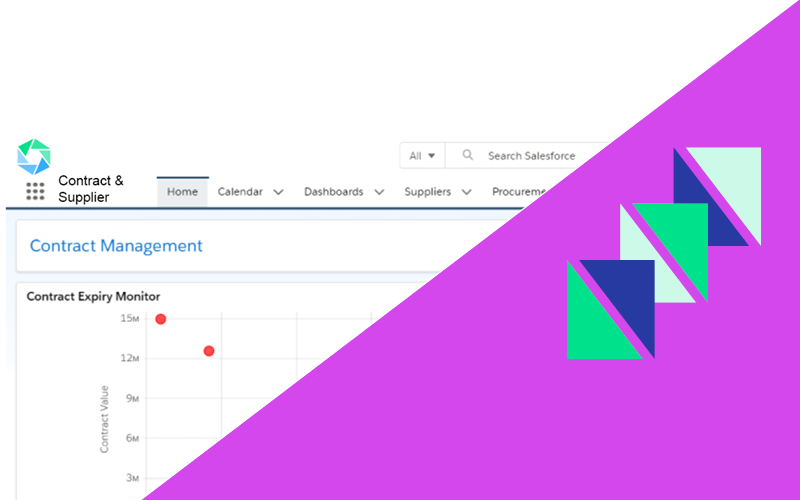 Our Contract & Supplier App puts your team in firm control of your key supplier relationships and provides a central repository for all contracts.
Our Contract & Supplier App puts your team in firm control of your key supplier relationships and provides a central repository for all contracts. 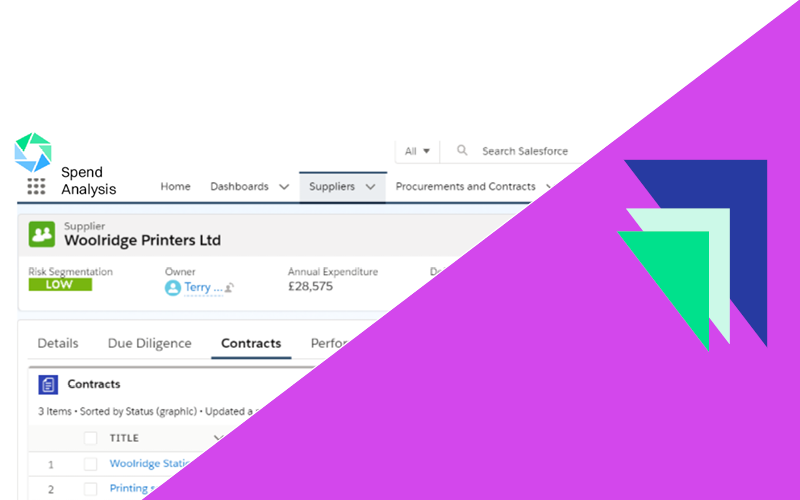 Our Enhancers ensure your solution is tailored to your needs. Pick and choose additional functionality that fits your requirements.
Our Enhancers ensure your solution is tailored to your needs. Pick and choose additional functionality that fits your requirements. 
